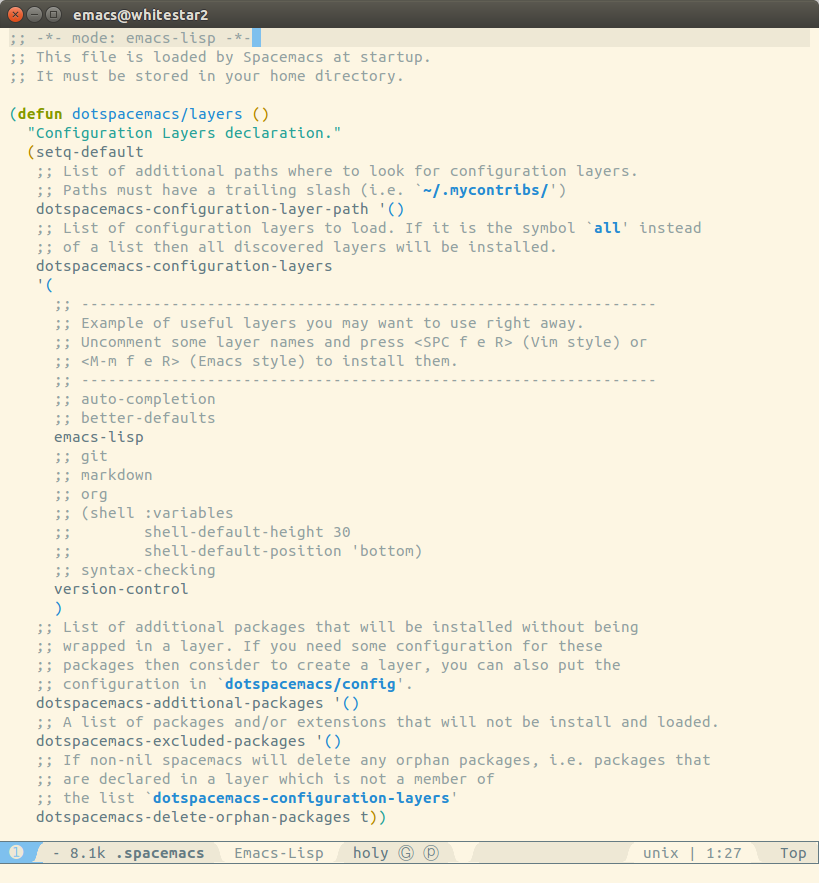
The 2004 eMac was the first to include USB 2.0 ports, and graphics was updated with the ATI Radeon 9200 AGP 4x chip set, still using 32 MB of dedicated memory. The eMac is the oldest eMac officially supported by Leopard. For best performance, 1 GB of RAM and a 7200 rpm hard drive are recommended. As with the first generation eMacs, these tended to come with slower, lower cost hard drives. These were the first eMacs to use AirPort Extreme, Apple’s name for 802.11g WiFi that is nearly five times as fast as the earlier 802.11b specification. The 2003 eMacs use PC133 memory, and you can currently buy 512 MB modules for under $45 each. The second generation switched from Nvidia GeForce graphics to an ATI Radeon 7500 AGP 4x chip set and bumped clock speeds to 800 MHz and 1 GHz. Second GenerationĪpple updated the eMacs like clockwork – once a year in April. Because of the dangers of damaging the cooling system and other components, it may make more sense to use an external hard drive with the eMac than replace the internal drive.
#Fast emacs for mac mac#
My first eMac was a 700 MHz Combo drive model bought refurbished when the second generation came to market.įirst generation eMacs are not officially supported by Mac OS X 10.5, but they should be able to run it reasonably well, especially with maximum RAM (currently $120 for two 512 MB modules) and a 7200 rpm hard drive. Initially sold only to the education market, Apple released the eMac to the consumer market in June 2002. Maximum resolution is 1280 x 960, and this is supported by GeForce 2 MX 3D AGP 2x graphics and 32 MB of dedicated video memory. These eMacs have three USB 1.1 ports, two FireWire 400 ports, and a slot for the original 802.11b AirPort Card.

The first eMacs, released in April 2002, ran at 700 MHz or 800 MHz, came with 128 MB or 256 MB of RAM (expandable to 1 GB), and included a 40 GB hard drive, often a 5400 rpm one. Replacing the hard drive or optical drive is something better avoided, but it can be done if you’re careful. Fortunately you don’t have to take the eMac apart to add memory or an AirPort card. Putting them back together is a bit tricky, and the cooling system looks a bit fragile. The “great white Mac” has a flat 17″ CRT display and weighs 50 pounds, making it one of the heaviest Macs ever.ĮMacs are tightly packed, so if you don’t have to open them up, don’t. Apple designed the eMac to fill that void, using time-tested CRT technology with G4 power. When the iMac moved to a G4 CPU and flat panel display, it priced itself out of the education market.


#Fast emacs for mac for mac#
2007 – Apple announced the system requirements for Mac OS X 10.5 Leopard last week: a drive that can read the DVD install disc, at least 512 MB of memory, and an 867 MHz G4 or better. Although 700-800 MHz eMacs aren’t officially supported, we have lots of tips on installing Mac OS X 10.5 on unsupported Macs in our article on Unsupported Leopard Installation.


 0 kommentar(er)
0 kommentar(er)
